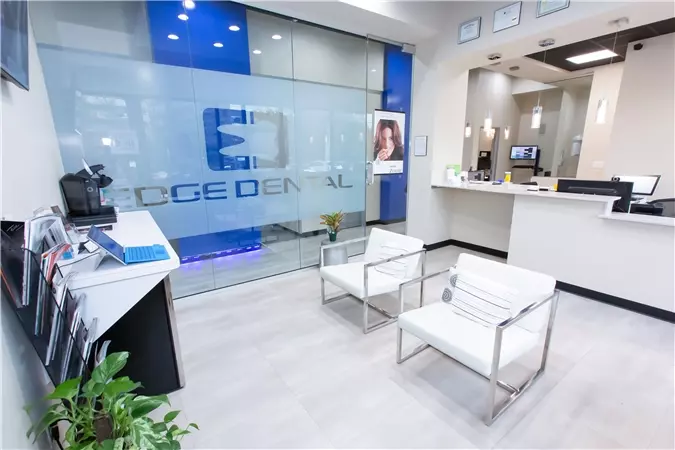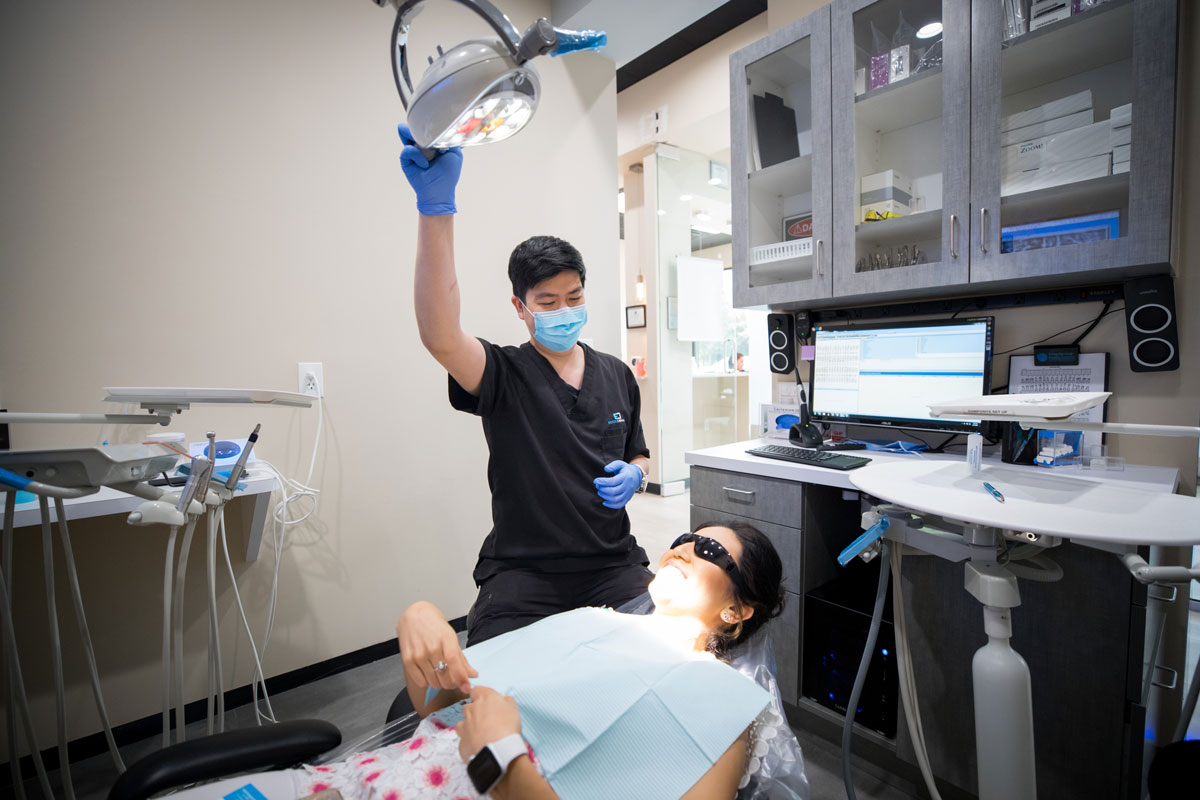What Are the Advantages of Seeing a Dentist for a Broken Tooth with a Mandibular Advancement Device?
A broken tooth can be more than just a cosmetic issue. If you're using a mandibular advancement device (MAD) for sleep apnea or snoring, a damaged tooth can interfere with your oral appliance, comfort, and long-term dental health. This is why it’s critical to visit a dentist experienced in treating patients with a broken tooth and a mandibular advancement device.
Understanding the Connection Between a Broken Tooth and Mandibular Advancement Devices
Mandibular advancement devices are commonly prescribed for individuals suffering from obstructive sleep apnea or chronic snoring. These devices work by gently pushing the lower jaw (mandible) forward to keep the airway open during sleep. They rely heavily on your teeth for proper placement and support.
When you have a broken tooth, especially in the lower jaw, it can disrupt the fit and function of your device. This not only reduces the device’s effectiveness but can also cause pain, tooth shifting, or further dental complications. That’s why early dental intervention is key.

Why You Shouldn’t Ignore a Broken Tooth
Ignoring a broken tooth while using a mandibular advancement device can lead to several issues:
· Increased Discomfort: A cracked or fractured tooth can make wearing the MAD painful or even unbearable.
· Imbalanced Bite: The device may not sit correctly if the broken tooth alters your bite, making treatment less effective.
· Oral Infections: Open fractures or chips can invite bacteria, leading to infections or abscesses.
Your best course of action is to consult a dentist who understands both broken tooth treatment and the use of mandibular advancement devices.
How a Dentist Can Help: Tailored Solutions for Better Sleep and Oral Health
When you visit a dentist with expertise in MADs, they will first assess the severity of your broken tooth. This involves an oral exam, X-rays, and possibly a review of how your device fits. From there, they can offer personalized solutions, including:
· Tooth Restoration: Crowns, fillings, or bonding can repair the broken tooth and restore proper alignment.
· MAD Adjustment: The dentist can modify or re-fit your device to accommodate any changes caused by the dental repair.
· Custom Device Re-Fitting: If necessary, a new mandibular advancement device can be custom-fabricated for your post-repair bite.
This comprehensive approach ensures that your sleep therapy isn’t compromised, while also preserving your long-term oral health.
Choosing the Right Dentist for a Broken Tooth and Mandibular Advancement Device
Not every dentist is familiar with how MADs interact with your teeth. When seeking treatment, look for a dentist who specializes in both restorative dentistry and sleep apnea appliances. Ask questions such as:
· Do you treat patients who use mandibular advancement devices?
· How do you handle dental emergencies like broken teeth in MAD users?
· Can you adjust or re-fit my device if needed?
Choosing the right professional ensures your dental work supports, rather than hinders, your sleep health.
Real-Life Benefits of Timely Dental Intervention
Let’s look at some practical advantages of seeing the right dentist when you’re dealing with a broken tooth and a mandibular advancement device:
· Faster Recovery: Early intervention prevents the break from worsening and speeds up healing.
· Better Sleep: A properly adjusted MAD leads to more restful sleep, with fewer interruptions.
· Lower Long-Term Costs: Addressing the issue early reduces the risk of needing more extensive (and expensive) treatments down the line.
· Improved Comfort: A well-fitting device that doesn’t press against a broken tooth makes nightly use much more comfortable.

Preventing Future Tooth Breakage While Using a MAD
While a broken tooth can happen unexpectedly, certain practices can minimize the risk:
· Regular Dental Checkups: Visit your dentist at least twice a year to monitor your teeth and MAD condition.
· Clean Your Device Properly: Poor hygiene can weaken teeth and gums.
· Report Discomfort Early: If your device feels “off” or creates sore spots, tell your dentist. A small adjustment could prevent a big problem.
· Wear a Night Guard (if advised): Some patients may benefit from additional protection, especially if they grind their teeth.
Conclusion:
If you have a broken tooth and use a mandibular advancement device dentist near me, don’t ignore the issue or try to “tough it out.” The sooner you visit a qualified dentist who understands both dental restoration and sleep apnea treatment, the sooner you’ll be back to sleeping well and smiling confidently.
Treat your teeth and your sleep health as a team. By taking care of both with the right dental support, you’re making an investment in your overall well-being.
Comments
Post a Comment